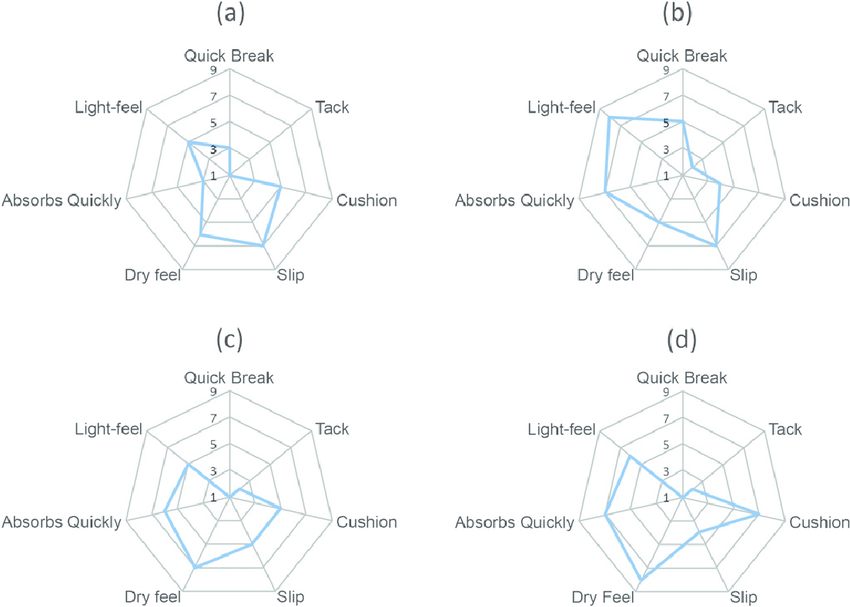How to formulate sunscreen
Sunscreen is the most regulated otc skincare product that there is and is one of the hardest to formulate. A lot of time, effort, and money go into developing a sunscreen formula
Sunscreen is the most regulated otc skincare product that there is and is one of the hardest to formulate. A lot of time, effort, and money go into developing a sunscreen formula
I will go through the process in this thread (something that I’ve done myself recently) which should explain why some sunscreens are only available in certain countries, why formulas differ between countries, and why brands take a while to come out with sunscreen.
THE CONCEPT
Before a chemist gets into the lab to start formulating a detailed product brief is needed. The brief outlines what filters are present (chemical, inorganic or a combination of the two), the desired SPF level, sensorial properties
Before a chemist gets into the lab to start formulating a detailed product brief is needed. The brief outlines what filters are present (chemical, inorganic or a combination of the two), the desired SPF level, sensorial properties
(smell, skin feel, and appearance, colour), packaging, unit cost and retail cost.
At this stage it is important to know what continents that the product will be sold in; sunscreen regulation varies drastically between regions
At this stage it is important to know what continents that the product will be sold in; sunscreen regulation varies drastically between regions
A lot of the advanced filters used in Europe and Asia are not approved for use in the US. The brand has to decide if they want to isolate a huge market but make a product with better filters or cater to the US and be limited in the raw materials that they can use.
Sunscreen is really hard to get right as there are a lot of trade-offs in play. E.g:
- Getting a high SPF mineral sunscreen means using a high % of zinc oxide or titanium dioxide which leaves a white cast
- Getting a high SPF mineral sunscreen means using a high % of zinc oxide or titanium dioxide which leaves a white cast
- Achieving a high SPF chemical sunscreen requires a high % of chemical filters which many consumers find irritating
- Sunscreen filters are large molecules that often need a high % of oil in the formula for incorporation, leaving an oily residue on skin
- Sunscreen filters are large molecules that often need a high % of oil in the formula for incorporation, leaving an oily residue on skin
- Formulating a sunscreen with good spreadability can often require higher % of oil (same issue as above) especially if brand guidelines limit the thickeners and sensorial additives that you can use (e.g. a natural skincare brand)
FORMULATION
After researching the filters and actives that you want to use, you move onto formulation. The suppliers of cosmetic raw materials provide a lot of data, which will guide you on what % of a filter you need to achieve a certain SPF.
After researching the filters and actives that you want to use, you move onto formulation. The suppliers of cosmetic raw materials provide a lot of data, which will guide you on what % of a filter you need to achieve a certain SPF.
So many factors can affect a products SPF, I’ve made a formula aiming for SPF 40 using supplier information and ended up with SPF 30. These prototypes are tested by the brand for skin feel/appearance and refined until the formula is approved.

 Read on Twitter
Read on Twitter


